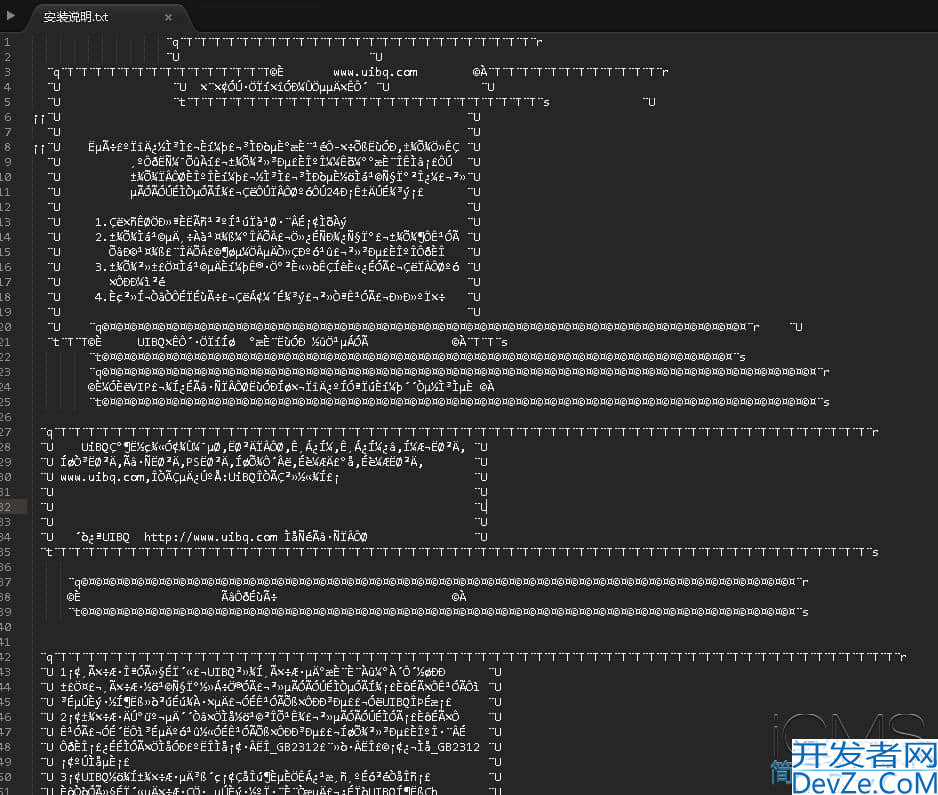Python结合API接口实现批量获取PDF文件
目录
- 1. 引言
- 2. 技术方案概述
- 3. 环境准备
- 4. 实战:批量获取PDF文件
- 4.1 目标API分析
- 4.2 发送API请求并解析数据
- 4.3 下编程载PDF文件
- 5. 进阶优化
1. 引言
在当今数据驱动的时代,PDF文件作为重要的信息载体,广泛应用于学术论文、技术文档、商业报告等领域。手动下载PDF文件效率低下,尤其是在需要批量获取时,传统方法显得力不从心。
python爬虫结合API接口可以高效、自动化地批量获取PDF文件。相较于传统的网页爬取方式,API接口通常返回结构化数据,更易于解析,且稳定性更高。本文将详细介绍如何利用Python爬虫调用API接口批量下载PDF文件,并提供完整的代码实现。
2. 技术方案概述
本方案的核心步骤如下:
- API接口分析:确定目标网站的API接口,分析请求参数和返回数据格式。
- HTTP请求发送:使用Python的
requests库发送HTTP请求,获取PDF文件列表。 - 数据解析:解析API返回的jsON数据,提取PDF下载链接。
- PDF文件下载:遍历下载链接,使用
requests或aiohttp(异步)下载文件。 - 文件存储与管理:将PDF文件按需分类存储,并处理可能的异常情况。
3. 环境准备
在开始之前,确保安装以下Python库:
requests:用于发送HTTP请求。tqdm:显示下载进度条。aiohttp(可选):用于异步高效下载。
4. 实战:批量获取PDF文件
4.1 目标API分析
假设我们需要从一个学术论文网站(如arXiv、Springer等)批量下载PDF文件。以arXiv API为例:
- API接口:
http://export.arxiv.org/api/query - 请求参数:
search_query:搜索关键词(如cat:cs.CV表示计算机视觉领域)。max_resultspython:返回的最大结果数。start:分页起始位置。
返回的数据是Atom XML格式,包含论文标题、摘要及PDF下载链接。
4.2 发送API请求并解析数据
import requests
from bs4 import BeautifulSoup
import os
from tqdm import tqdm
def fetch_pdf_links_from_arxiv(query="cat:cs.CV", max_results=10):
"""从arXiv API获取PDF下载链接"""
base_url = "http://export.arxiv.org/api/query"
params = {
"search_query": query,
"max_results": max_results,
"start": 0
}
response = requests.get(base_url, params=params)
if response.status_code != 200:
print("API请求失败!")
return []
soup = BeautifulSoup(response.text, "xml")
entries = soup.find_all("entry")
pdf_links = []
for entry in entries:
title = entry.title.text.strip()
pdf_url = None
for link in entry.find_all("link"):
if link.get("title") == "pdf":
pdf_url = link.get("href")
break
if pdf_url:
pdf_links.append((title, pdf_url))
reqvyoftmturn pdf_links
4.3 下载PDF文件
部分API可能限制访问频率,可使用代理IP或设置请求间隔:
import requests
import os
from tqdm import tqdm
def download_pdfs(pdf_links, save_dir="pdf_downloads"):
"""下载PDF文件并保存到本地(使用代理)"""
# 代理配置
proxyHost = "www.16yun.cn"
proxyPort = "5445"
proxyUser = "16QMSOML"
proxyPass = "280651"
# 构造代理字典
proxies = {
"http": f"http://{proxyUser}:{proxyPass}@{proxyHost}:{proxyPort}",
"https": f"http://{proxyUser}:{proxyPass}@{proxyHost}:{proxyPort}"
}
# 请求头设置
headers = {
"User-Agent": www.devze.com"Mozilla/5.0 (Windows NT 10.0; Win64; x64) AppleWebKit/537.36 (Khtml, like Gecko) Chrome/91.0.4472.124 Safari/537.36"
}
if not os.path.exists(save_dir):
os.makedirs(save_dir)
for title, pdf_url in tqdm(pdf_links, desc="下载PDF(代理版)"):
try:
# 使用代理发送请求
response = requests.get(
pdf_url,
stream=True,
proxies=proxies,
headers=headers,
timeout=30 # 设置超时时间
)
if response.status_code == 200:
# 替换文件名中的非法字符
safe_title = "".join(c if c.isalnum() else "_" for c in title)
file_path = os.path.join(save_dir, f"{safe_title}.pdf")
# 分块写入文件
with open(file_path, "wb") as f:
for chunk in response.iter_content(1024):
f.write(chunk)
else:
print(f"下载失败: {title} | 状态码: {response.status_code} | URL: {pdf_url}")
except requests.exceptions.RequestException as e:
print(f"请求异常: {title} | 错误: {e}")
except Exception as e:
print(f"未知错误: {title} | 错误: {e}")
# 示例调用
if __name__ == "__main__":
pdf_links = fetch_pdf_links_from_arxiv(max_results=5)
download_pdfs(pdf_links)
5. 进阶优化
自动分类存储
根据PDF内容或元数据自动分类存储:
import shutil
def categorize_pdf(file_path, category):
"""按类别存储PDF"""
category_dir = os.path.join("categorized_pdfs", category)
if not os.path.exists(category_dir):
os.makedirs(category_dir)
shutil.move(file_path, os.path.join(category_dir, os.path.basename(file_patwww.devze.comh)))
到此这篇关于Python结合API接口实现批量获取PDF文件的文章就介绍到这了,更多相关Python批量获取PDF内容请搜索编程客栈(www.devze.com)以前的文章或继续浏览下面的相关文章希望大家以后多多支持编程客栈(www.devze.com)!







 加载中,请稍侯......
加载中,请稍侯......
精彩评论